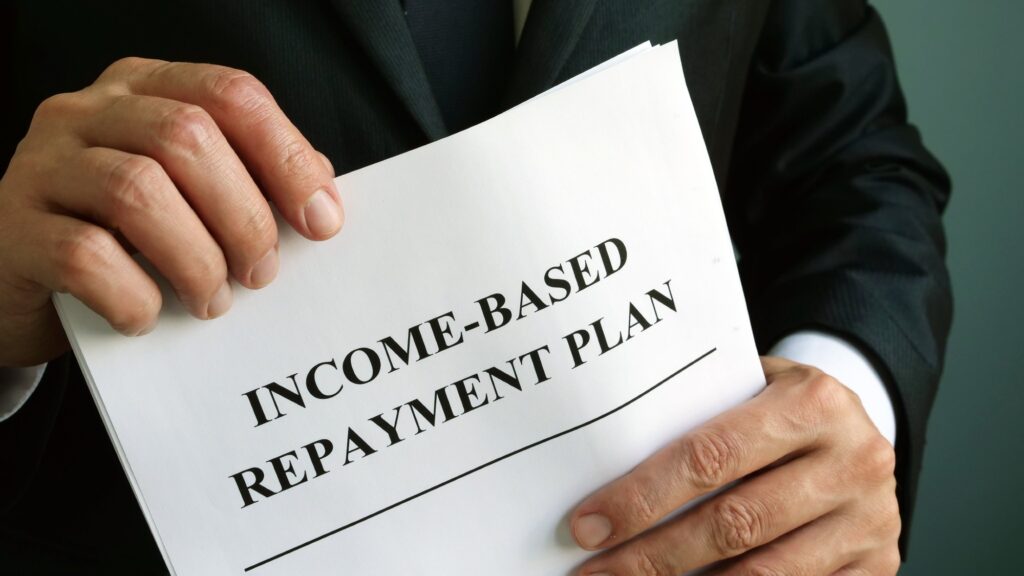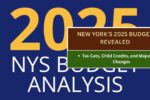Millions of Americans who defaulted on their federal student loans are now facing renewed pressure, as the U.S. Department of Education has officially resumed debt collections as of May 1, 2025. After a five-year freeze prompted by the COVID-19 pandemic, wage garnishments, tax refund seizures, and other federal recovery actions are back in motion.
According to the Federal Student Aid office, this move affects around 5 million borrowers in default, many of whom are now seeking ways to minimize the financial strain. Financial experts, including certified financial planner Rachel Gustafson, are urging borrowers to act quickly and strategically to avoid further financial hardship.
“You may not be able to erase your loans overnight,” Gustafson told Business Insider, “but you can certainly take steps to manage the debt and reduce your monthly payments to something more affordable.”

What Happens When You Default?
When a borrower defaults on a federal student loan—typically after 270 days of missed payments—the government is authorized to collect the balance through aggressive means. These include:
- Wage garnishment without a court order
- Tax refund offsets
- Garnishment of Social Security benefits
- Negative impact on credit score
The consequences can be severe and long-lasting. But with the return of collections, new opportunities have also emerged for borrowers to regain control of their debt.
Step 1: Know Your Loan Status and Servicer
The first step is to check the status of your loans by logging in to your account at the Federal Student Aid website. There, you can view your loan details, servicer information, and repayment options.
If your loan is in default, you’ll likely be contacted by the Default Resolution Group—a division of the Education Department that handles debt collection. Borrowers are advised to respond promptly and consider rehabilitation or consolidation.
Step 2: Consider Loan Rehabilitation
Loan rehabilitation is one of the fastest ways to get out of default. It involves making nine on-time, voluntary payments over 10 months. Once completed, the loan is removed from default status, and negative marks may be removed from your credit report.
Note: You can only rehabilitate a loan once—so use this option wisely.
Step 3: Explore Loan Consolidation
For those who want a quicker path out of default, loan consolidation may be the answer. This process combines your existing defaulted loans into a new Direct Consolidation Loan, restoring your eligibility for repayment plans, including Income-Driven Repayment (IDR).
Keep in mind: Consolidation won’t erase the default from your credit report, but it does allow for future progress and lower payments.
Step 4: Apply for Income-Driven Repayment (IDR)

Once your loans are rehabilitated or consolidated, enrolling in an IDR plan can significantly lower your monthly payments—sometimes down to $0, depending on your income and family size.
There are several IDR plans, including:
- SAVE (Saving on a Valuable Education) Plan
- PAYE (Pay As You Earn)
- REPAYE (Revised PAYE)
- IBR (Income-Based Repayment)
Under IDR, any remaining balance is forgiven after 20–25 years of qualifying payments. You can estimate your payments using the Loan Simulator tool.
Why You Should Act Now
If you do nothing, you may face automatic wage garnishment or loss of your tax refund. According to MarketWatch, the Department of Education is already notifying employers and tax authorities.
Additionally, your credit score will continue to decline, making it harder to qualify for housing, car loans, or even jobs that check credit.
Other Helpful Resources
Final Thoughts
Student loan default can feel overwhelming, but help is available. Whether through rehabilitation, consolidation, or enrolling in an income-based plan, the key is to act quickly and understand your rights.
Financial planners like Rachel Gustafson emphasize the importance of education and proactive planning. “There’s no shame in default,” she says. “But staying in default when you have options? That’s what can cost you the most.”
This article has been carefully fact-checked by our editorial team to ensure accuracy and eliminate any misleading information. We are committed to maintaining the highest standards of integrity in our content.

Outside of work, he enjoys playing chess, following cricket, and writing short stories. His commitment to integrity and in-depth analysis strengthens OTE News’ mission of providing trustworthy journalism.




